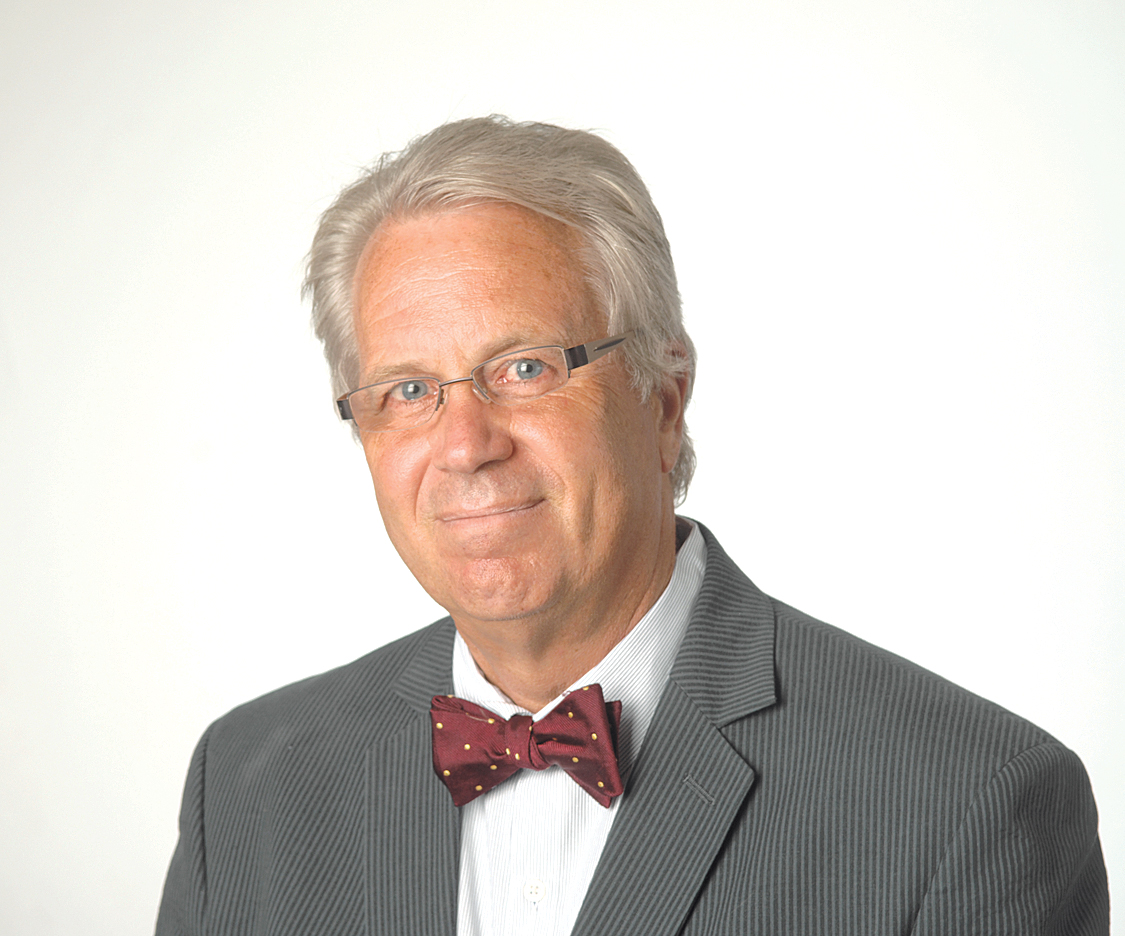The Elbert Files: The other DMU

Nearly 100 years ago in the spring of 1929, when today’s medically oriented Des Moines University went by the name Still College, students at the original Des Moines University rioted.
Upset by new owners who were firing much of the staff, DMU students held a local boy upside-down by his ankles from a third-floor window to open a lower window, so they could throw rotten eggs into a meeting of the board of governors.
Police were called but were unsympathetic and made no arrests. The widely despised head of the board of governors summarily closed the school, snuffing out six decades of tradition with ties throughout the Midwest.
The colorful history of long-forgotten DMU was told in a 1988 book “An Iowa Tragedy: The Fall of Old Des Moines U.” by historian David Wiggins who, as a child, lived near the school’s third and final campus, a site now occupied by Park Fair Mall.
DMU’s founder, Rev. John A. Nash, arrived at Fort Des Moines in 1851 as a Baptist missionary. After building a small church, Nash offered classes and caught the attention of Baptists in eastern Iowa who were selecting locations for schools of higher education.
Following the Panic of 1857, Nash acquired an unfinished Lutheran school building and ambitiously titled his venture Des Moines University. Later, the name was temporarily dialed back to Des Moines College, although for many years it was neither college nor university.
Nash’s first class was “a group of girls in 1865” whose curriculum was “less than college level, … more of a high school, grade school,” Wiggins reported.
During the early years, Nash was repeatedly in and out of leadership roles at DMU, while holding public education positions at local and state levels to supplement his income.
“The college struggled from one crisis to another,” until 1883, when rising real estate values spurred a move from a downtown location at 15th and Pleasant streets to a full city block at Ninth and College. The vacant site was donated by a developer who hoped the college would “lure lot buyers,” Wiggins wrote.
The school moved again in 1918 following a merger with Highland Park Normal College. At the same time, Iowa Baptist leaders decided to sell Central College in Pella to that community’s Dutch Reformed denomination, and to sell DMU’s Ninth and College campus to the Catholic Diocese of Des Moines for Dowling High School.
DMU’s then-new physical education building became Dowling’s gymnasium. Now the John R. Grubb Community YMCA, the gym is the only building remaining from any of DMU’s three locations.
DMU moved to the larger Highland Park campus, which was also created as a real estate venture in 1890 and was surrounded by streets with academic sounding names like Oxford, Cambridge, Columbia and Euclid.
In addition to Central College in Pella, DMU had relationships with the University of Chicago, also a Baptist school at the time, and Drake University, which absorbed DMU’s pharmacy school after the 1929 closing.
Wiggins wrote that the demise of DMU was related to its fundamentalist leaders’ opposition to teaching evolution, as demonstrated by the 1925 “Scopes Monkey Trial, in which Tennessee’s John Scopes was convicted of illegally teaching Charles Darwin’s theory of human evolution.
Finances were also a problem and had resulted in a takeover in 1927 by fundamentalists led by Thomas T. Shields, a Canadian who became president of the governing board. Shields insisted the Bible be taken literally, which led to mass firings of teachers who would not teach as fact that the world was created in seven days and other Bible stories.
The Canadian Shields also objected to many local traditions, including celebrations of George Washington’s birthday, which may explain why police were reluctant to make arrests when students attacked the board.
As wild as the final days of DMU were in May 1929, the school was a solid contributor to the growth of early Des Moines. Graduates included publisher E.T. Meredith, cosmetics manufacturer Carl Weeks who built Salisbury House, and Ralph Budd, who went on to lead two railroads, the Great Northern and the Burlington.

Dave Elbert
Dave Elbert is a columnist for Business Record.






